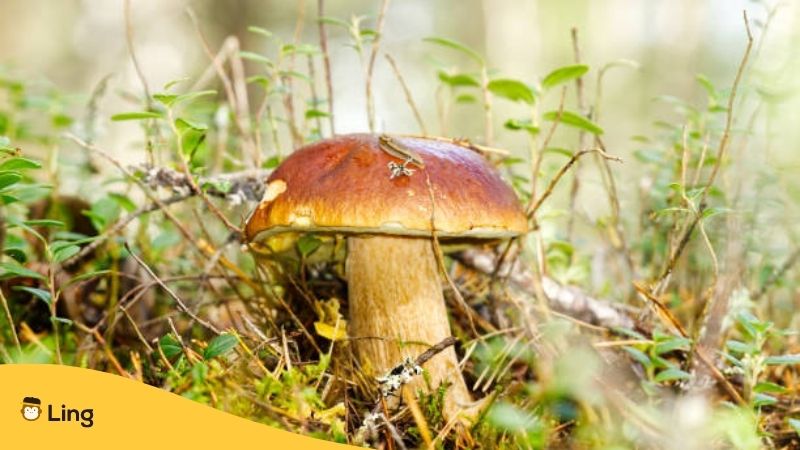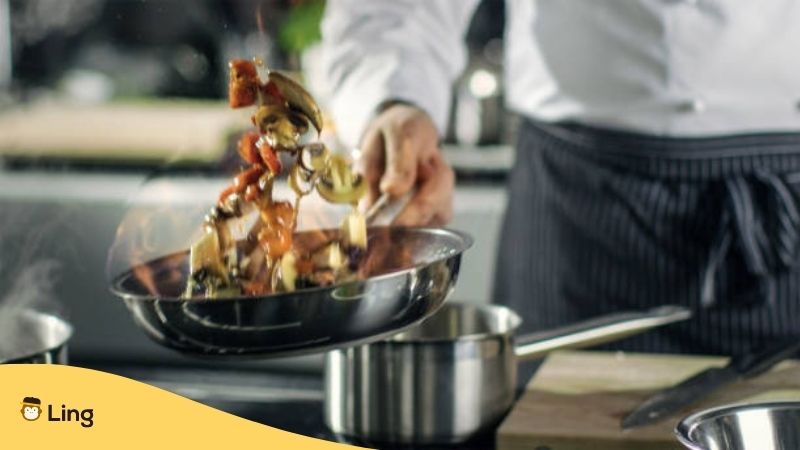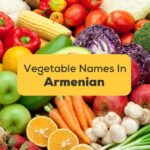When envisioning Estonian cuisine, many will immediately think of meat and potato dishes with sour cream and rye bread on the side. Although these Estonian dishes remain popular and are still served in most parts of the country, Estonian cuisine has come to be influenced by neighboring countries and international foods from around the world.
Estonian traditional dishes are closely associated with the food that farmers tend to eat. Because of lengthy periods of Russian and German occupation, Estonian cuisine is heavily influenced by those cultures. The cooking techniques are determined by Estonia’s neighbors on the Baltic Sea, including Finland, Latvia, and Lithuania.
Seasonal Foods
Estonian cooking is inextricably linked with the seasons. Fresh produce is widely available during the spring and the summer when currants, plums, apples, cucumbers, potatoes, carrots, beets, and cabbage are to hand. The winters are extremely cold, so autumn is the time to pickle, preserve, and can foods gathered during the warmer months. Although the profusion of grocery stores has made it easier to get hold of fresh produce all year round, foraging in the countryside remains a popular pastime. Estonia is covered in forests, and getting out and about to look for berries, fruit, and mushrooms is now a recreational activity enjoyed by locals and visitors alike. There are plenty of tour companies offering mushroom-picking and berry-picking excursions.

Many Estonians living on the coast or beside the country’s many lakes continue to enjoy fresh fish. In this blog, we will explore the utterly delicious dishes that put Estonia on top of any list of must-visit countries for food lovers. We will also learn a handful of essential cooking terms in Estonian to help you get by when traveling around the country.
First Courses
When ordering a hearty meal in Estonia, you are likely to be offered a selection of traditional cold dishes, including sausages, meats, and pickles served with Estonian potato salad or kartulisalat. Small pastries – pirukas, packed with rice, cabbage, carrots, and meat are another popular starter and may be served with a bowl of bouillon.
Fresh Fish
When visiting coastal and lakeside areas, you can look forward to a delicious starter and the different flavors of crabs, shrimps, smoked eel, and crayfish. Be sure to order the Baltic dwarf herring – räim, which is considered a delicious national dish.
Sandwiches
Another must-try Estonian food is kiluvõileib. This is an open sandwich made from black rye bread with pickled Baltic sprats – vürtsikilu, on butter. Expect to be served fresh herbs, mayonnaise, sliced boiled eggs, and a selection of other toppings on the side.

Main Courses
Traditional Estonian cuisine can never be considered complete without being accompanied by black rye bread, rukkileib. The rye bread comes with absolutely everything. In winter, expect to be offered main dishes of roast goose – jõuluhani, blood sausage – verivorst, sauerkraut – hapukapsas and head cheese – sült. Roasted potatoes straight out of the oven, mashed potatoes, and boiled potatoes are other staple Estonian foods during the cold winters. In the summer, hunting and fishing remain a popular Estonian pastime, as it is across much of northern Europe, and barbecues can be found pretty much everywhere. Do try the wild boar!
Soups
Expect the meat and fish to be accompanied by fresh produce, vegetables, herbs, and berries picked from the garden. Although they can be ordered as a starter, soups are often the main course by themselves. Traditional Estonian soups consist of fresh vegetables in meat or chicken stock. They are usually blended with dairy products, including yogurt, milk, and sour cream. Pea soup is also a staple, as is leivasupp, a sweet soup made from ubiquitous black rye bread and baked apples. Leivasupp is served up with whipped cream and sour cream and sprinkled with powdered sugar and cinnamon.
Desserts
Puddings are a specialty in Estonian cuisine and include marzipan – martsipan, compote – kompott, and creamy curd – kohupiimakreem. Mannavaht is a tasty dessert made from semolina and seasonal berries. Kringel is a very popular pudding consisting of yeast bread with a hint of cardamom, and rhubarb-based desserts are also an excellent way to round off a delicious dinner.

Drinks
By far, the most popular drink to accompany Estonian food is locally brewed beer. Wine is also offered in most cafes and restaurants and is increasing in popularity, although it tends to be imported because Estonia is a bit too far north for most grape varieties. There are also non-alcoholic fruit wines made from many variations of berries and apples available throughout Estonia. Other non-alcoholic drinks are fruit juices and milk. Expect to be offered the local vodka and other spirits that may be an acquired taste with your meal, and first-time visitors should try the Vana Tallinn, a well-known Estonian liqueur brand made from Jamaican rum, herbs, and spices.
Some Useful Cooking Terms In Estonian
Now that we’ve explored the world of Estonian cuisine, it is useful to have a notion of a few terms that can help us navigate the gastronomical world of this incredible country. So, next time you’re heading out to have an authentic Estonian meal, come back to this post and read the following table to have some terms locked and loaded to use!

Continue Your Journey Through Estonian With The Ling App
Learning just a few cooking terms in Estonian is sure to make visiting the country a more interesting and enjoyable experience. Sitting down for a meal with the locals for some traditional Estonian food is a great way to make friends and improve your grasp of the language. Do you want to learn more words in Estonian? Check out Yes In Estonian, and Cute Estonian Words. Another great way to improve your linguistic skills is by downloading the Ling app to your phone. Ling is packed with interactive and fun learning methods, including games and quizzes. If you want to explore the gorgeous Estonian language further, why not download Ling at App Store or Google Play right now?































